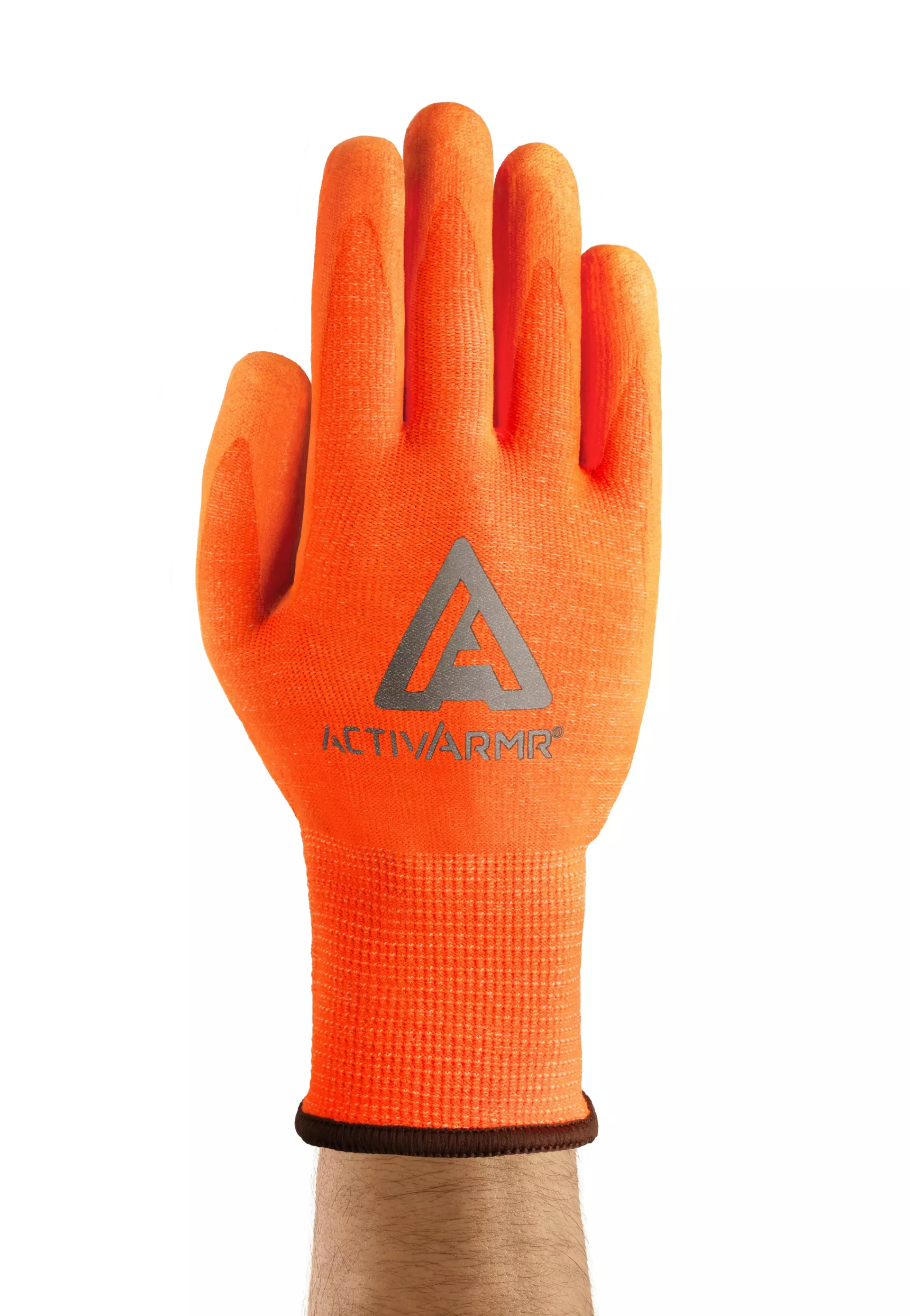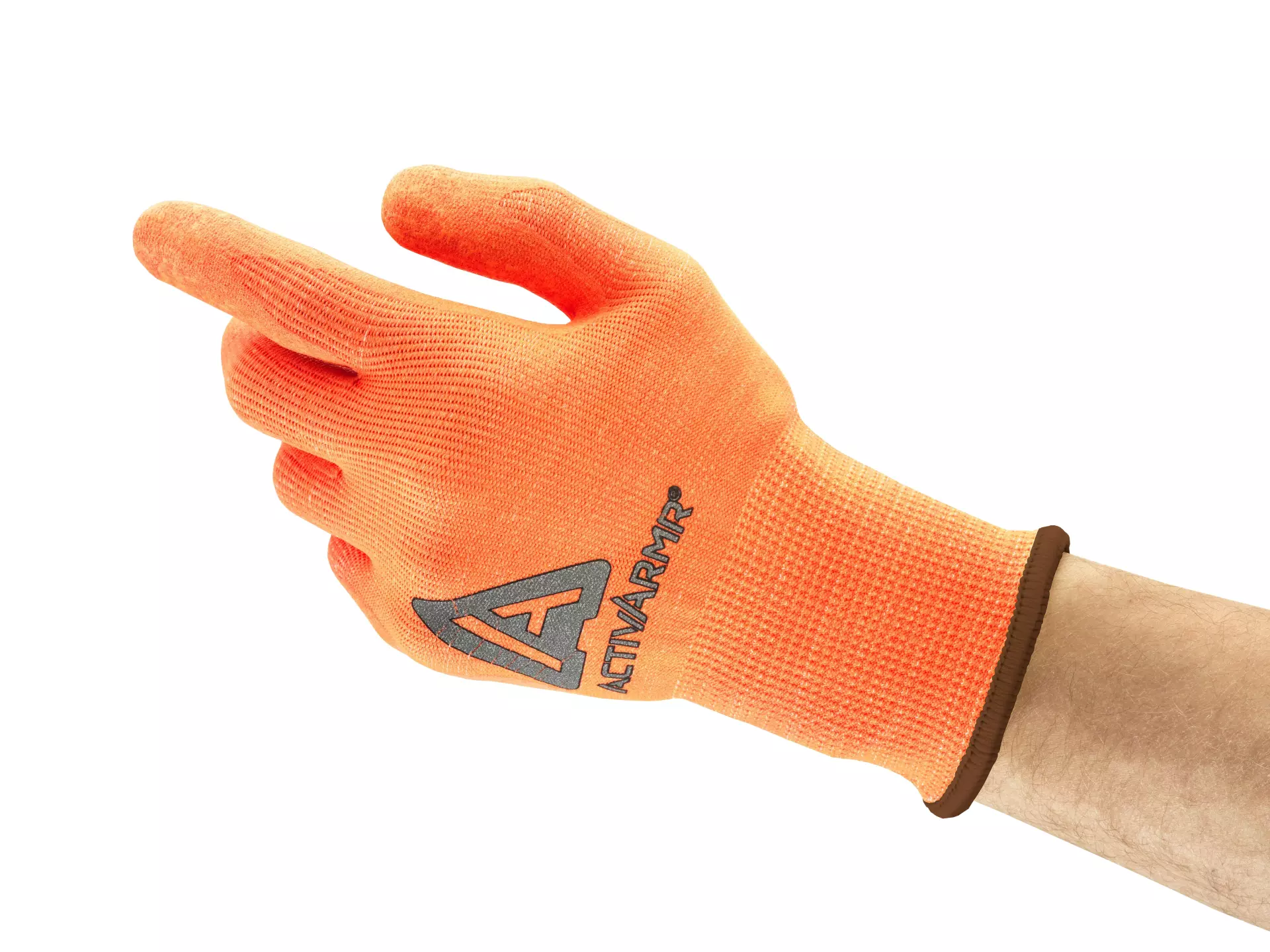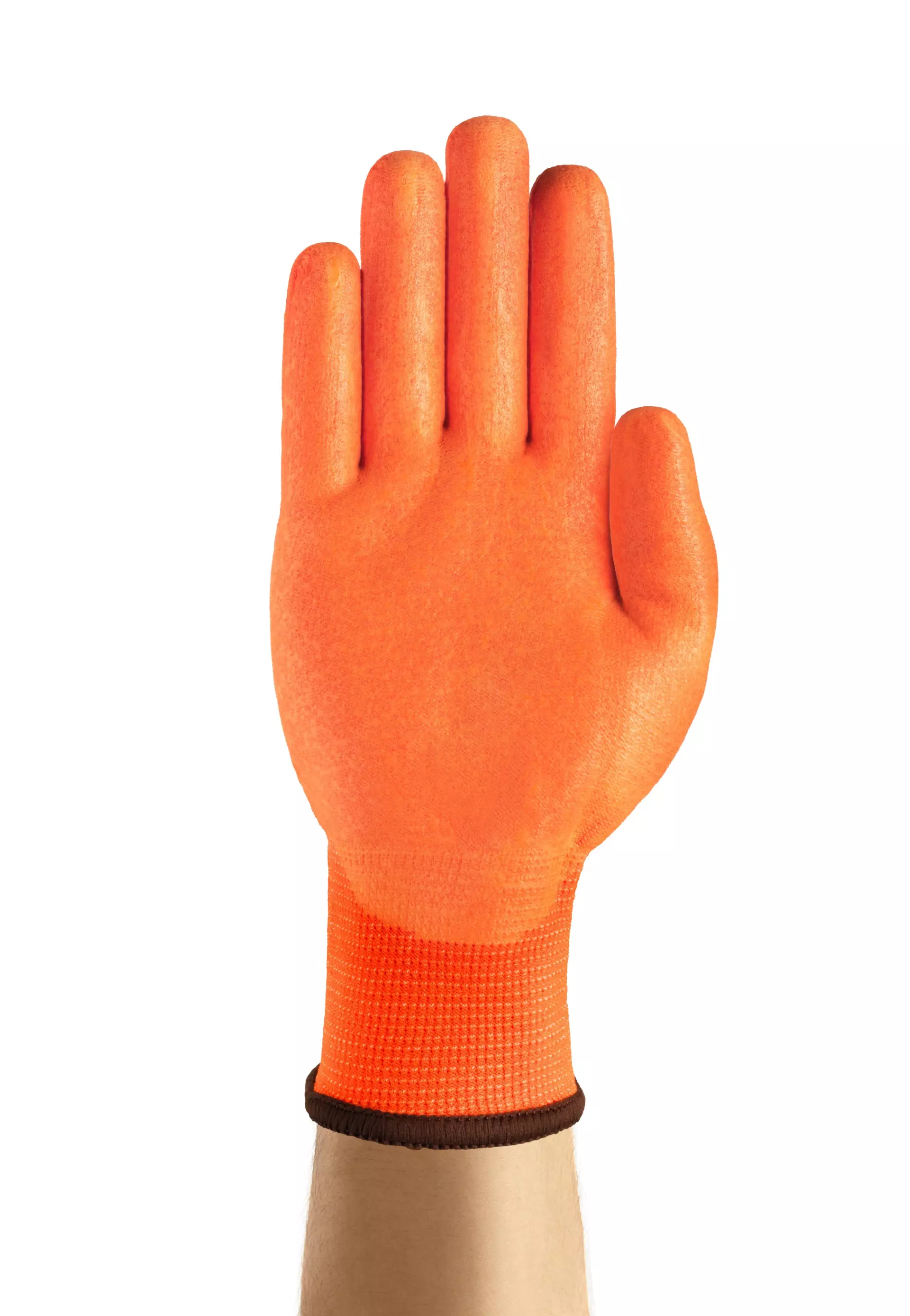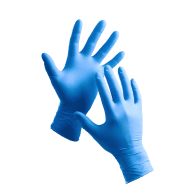ActivArmr 97-013
4.5 / 5
Product description
Description
Specialized protection: ActivArmr® 97-013 industrial gloves possess high-visibility features on the palm and back of the hand, with a retro-reflective logo, to ensure wearer safety in dark/low-light conditions
Optimized comfort: With a 13-gauge fiberglass and polyester liner, ActivArmr® 97-013 safety work gloves keep hands comfortable and sweat-free throughout the day
Advanced ergonomics: These hand protection gloves offer a naturally curved, relaxed fit, for reduced hand fatigue and increased dexterity
Improved cut resistance: They are also designed with INTERCEPT™ Cut Resistance Technology, for better laceration defenses
Added grip: ActivArmr® 97-013 medium-duty gloves boast excellent grip in both wet and dry working environments
Recommended for
Signalling/Positioning
Operating of heavy machinery
Loading and hauling
Hydraulic repair
Shipping and loading of product
Vehicle Maintenance
General pumping work
Preparation of site - set-up and disassembly of tool string
Set-up of pressure manifold and tubing injector head
Handling of tools
Valve - line maintenance and repair
Handling jagged metal
Equipment maintenance Scaffolding Pipe handling and insulation Plumbing and sand blasting
Heavy machine operation
Product Details
Antistatic: Yes
Length: 230-270 Mm/ 9.05-10.63 Inches
Available Sizes: 7, 8, 9, 10, 11
Coating Color: Orange
Coating Material: Water-Based Polyurethane And Nitrile
Construction: Knitted
Cuff Style: Knitwrist
Finishing: Palm Coated
Gauge: 13
Liner Color: Orange Hi Viz
Liner Material: Fiber Glass, Polyester
Silicone Free: No
Packagin
About Coated Cut Protection Glove
Coated Cut Protection Gloves provide essential hand safety with cut-resistant materials and specialized coatings for enhanced grip. Ideal for construction, manufacturing, and handling sharp materials, these gloves offer both protection and dexterity for demanding work environments.
- Cut Resistant
- High Visibility
- Electrical Protection
- Hand Protection
Standards and labels
Ansell delivery terms
Free delivery for all Ansell products
550,95 €
Price per 6 packages (72 pairs)
7,65 € / pair
Free delivery
A carton contains 6 packages (72 pairs)





